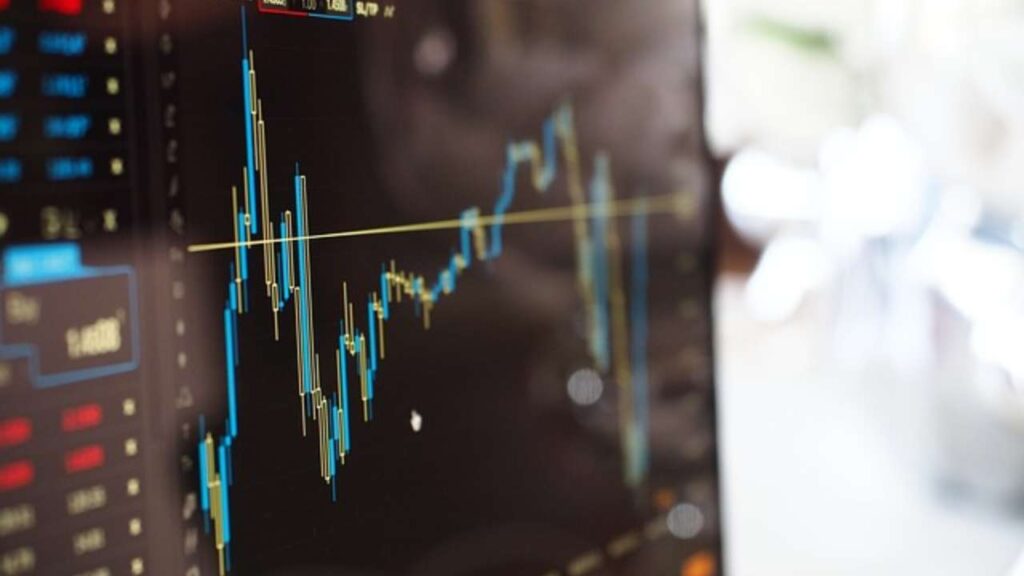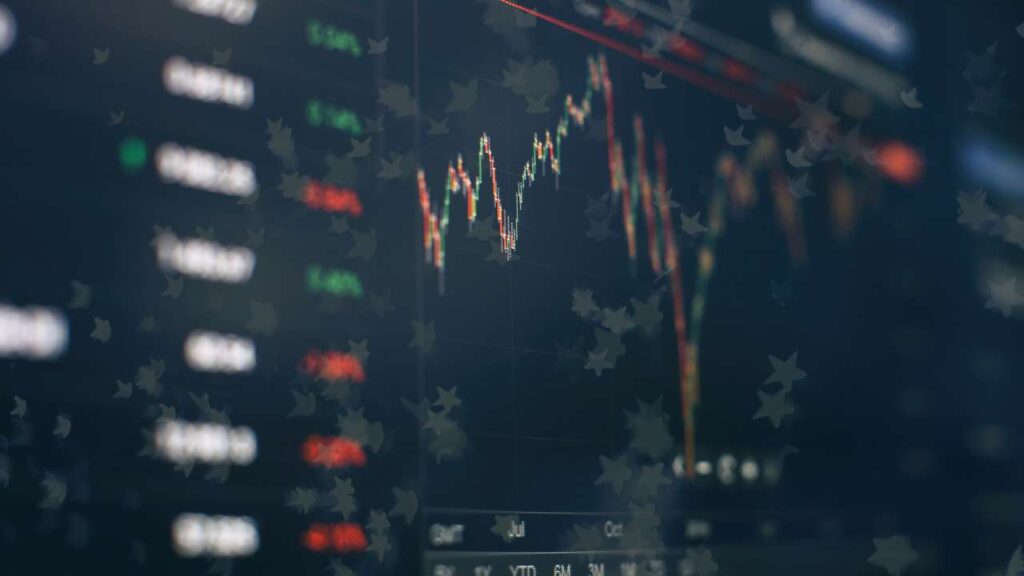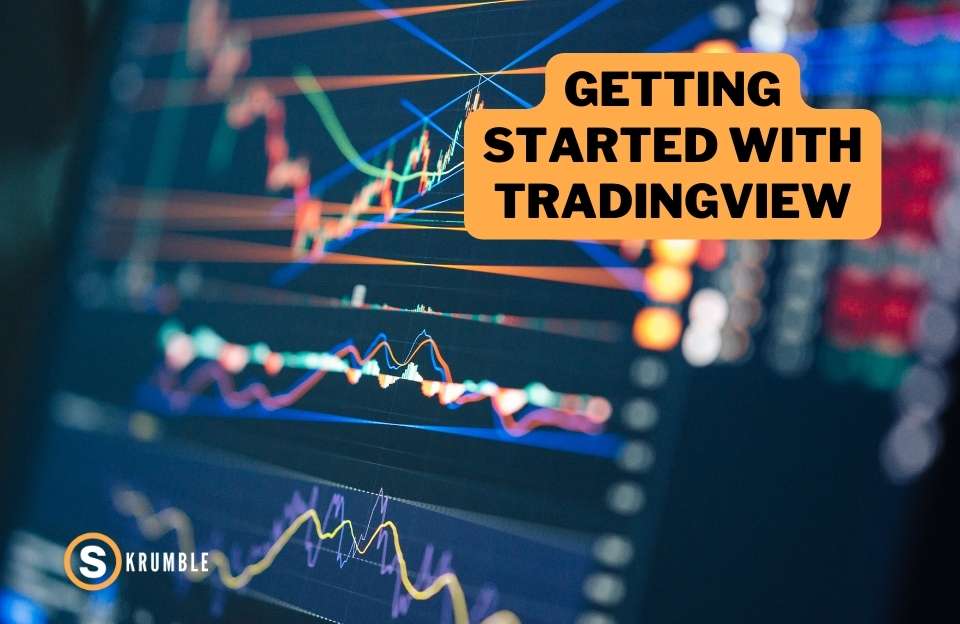Forex vs. Crypto: Which is More Profitable?
Swen Keller

The world of financial markets has witnessed an explosive rise in two distinct yet captivating arenas: crypto and Forex trading. Both offer the potential for significant returns, attracting investors and speculators alike.
The Foreign Exchange Market (Forex), a behemoth with an average daily trading volume surpassing $6 trillion, operates as the lifeblood of international trade. It facilitates the exchange of currencies, allowing businesses and individuals to conduct global transactions.
In contrast, the cryptocurrency market is a relatively new sector, characterized by digital or virtual currencies built on blockchain technology. Cryptocurrencies operate on a peer-to-peer network, providing a decentralized alternative to traditional financial systems.
Based on our experts’ first-hand experience, this article aims to dissect and compare the two, delving into a comprehensive analysis and providing valuable insights to guide readers toward the market that best aligns with their financial goals and risk tolerance.
Understanding Forex Trading

Forex trading, also known as foreign exchange trading or FX trading, involves the buying and selling of currencies in pairs. In essence, you are speculating on the future value of one currency relative to another. This is achieved by entering positions in currency pairs, where you buy one currency while simultaneously selling another.
For example, if you believe the Euro (EUR) will strengthen against the US Dollar (USD), you would enter a long position in the currency pair EUR/USD. This essentially means that you are buying EUR and selling USD, hoping to profit when the EUR appreciates against the USD. Conversely, if you believe the USD will gain strength, you would enter a short position in EUR/USD, selling EUR and buying USD, aiming to profit from a decline in the value of Euro.
This constant up-and-down movement of currencies against each other is influenced by a complex interplay of various factors.
1. Economic Indicators
The forex market is highly sensitive to economic indicators, reflecting the overall health of a country’s economy. Key indicators include GDP (Gross Domestic Product), employment rates, inflation, and interest rates. Positive economic data often strengthens a currency, while negative data may lead to currency depreciation.
2. Political Stability
Political events can significantly affect currency values. Elections, geopolitical tensions, and policy decisions can create volatility. Currencies from politically stable countries are often viewed as safer investments, attracting traders during times of uncertainty.
3. Central Bank Policies
Central banks play a crucial role in Forex markets. Decisions regarding interest rates, monetary policy, and interventions can influence currency values. Traders closely monitor statements and actions of central banks for insights into future market movements.
Understanding Cryptocurrency Trading

Cryptocurrencies are digital currencies that use cryptography for security and operate in decentralized ecosystems based on blockchain technology. Unlike a fiat currency issued by governments, cryptocurrencies are not controlled by any central authority. Bitcoin, created in 2009, was the pioneering cryptocurrency, and since then, a myriad of alternative coins (altcoins) have emerged.
Cryptocurrency trading involves buying, selling, and exchanging digital assets through cryptocurrency exchanges. Traders can speculate on the price movements of various cryptocurrencies against fiat currencies (like USD, EUR) or other cryptocurrencies. Notable cryptocurrencies include Bitcoin (BTC), Ethereum (ETH), XRP, Dogecoin (DOGE), and Solana (SOL), among others.
Our in-depth analysis of the markets reveals that the factors influencing the price trends in the cryptocurrency market are:
1. Market Sentiment
Unlike traditional markets, cryptocurrency prices can be heavily influenced by the broader sentiment of the market. News, social media trends, and community opinions play a crucial role. Positive sentiment can lead to rapid price surges, while negative sentiment may trigger sharp declines.
2. Technological Developments
Cryptocurrency projects are often driven by technological advancements and updates. New features, protocols, or partnerships can impact a cryptocurrency’s value. Traders need to stay informed about the underlying technology and development progress of the cryptocurrencies they trade with.
3. Regulatory Developments
Regulatory developments can also have a significant impact on the cryptocurrency market. Government regulations, legal frameworks, and decisions regarding the legality of cryptocurrencies influence investor confidence. Regulatory clarity or uncertainty can lead to price fluctuations.
Risk and Volatility in Forex Trading

While the potential rewards of forex trading can be substantial, it’s crucial to acknowledge the inherent risks involved. Before embarking on this journey, traders must carefully consider the following:
1. Market Risk
Forex trading, just like any investment, is exposed to market risk. Market risk arises from fluctuations in currency values driven by various factors such as economic indicators, geopolitical events, and global economic conditions. Traders must recognize that currency values can be volatile, and price changes can occur rapidly. Understanding and managing market risk involves staying informed about global economic trends and events that may impact currency values.
2. Exchange Rate Risk
Because there is a chance that currency values will fluctuate, exchange rate risk is a normal part of trading foreign exchange. Traders dealing with multiple currencies must be vigilant about exchange rate fluctuations, especially when holding positions overnight. Exchange rate risk is particularly relevant for businesses engaged in international trade, where currency movements can impact the cost of imports and exports.
Risk and Volatility in Crypto Trading

Cryptos are renowned for their extreme volatility. While this volatility presents opportunities for substantial gains, it also exposes traders to higher levels of risk. Price swings can be dramatic, influenced by factors ranging from market sentiment and technological advancements to speculative trading activity.
1. Market Risk
Crypto trading, similar to Forex, is susceptible to market risk. Prices of cryptocurrencies can be highly volatile, influenced by factors such as overall trader sentiment, technological developments, and regulatory changes. Traders must navigate the dynamic nature of the crypto market prudently, as rapid price fluctuations are not uncommon.
2. Regulatory Risk
Regulatory risk is a unique consideration in cryptocurrency trading. The evolving and sometimes uncertain regulatory landscape can impact the overall market. Government decisions regarding the legality, taxation, and use of cryptocurrencies can significantly influence investor confidence and market dynamics.
Liquidity

Liquidity is a critical aspect of both crypto and Forex trading, influencing the ease with which assets can be bought or sold without causing significant price fluctuations. In simple terms, it reflects the market’s ability to handle transactions efficiently.
The forex market is known for its high liquidity. The large number of participants, including central banks, financial institutions, corporations, and individual traders, contributes to the market’s deep liquidity. Major currency pairs, such as EUR/USD and USD/JPY, typically exhibit the highest liquidity levels, allowing forex traders to enter and exit positions with minimal slippage. As a result, Forex traders benefit from rapid order execution due to the abundance of buyers and sellers in the market.
Cryptocurrency markets, while growing in liquidity, may not match the depth of the forex market. Liquidity can vary significantly among different cryptocurrencies. Major cryptocurrencies like Bitcoin and Ethereum generally exhibit higher liquidity compared to smaller altcoins. Crypto pairs with lower liquidity may lead to slippage, where the execution price deviates from the expected price. On top of that, a high number of transactions in illiquid cryptocurrencies can cause quite significant price swings.
However, liquidity in the cryptocurrency market is constantly evolving. As adoption increases and the market matures, liquidity is expected to improve over time. Additionally, the emergence of new trading platforms and liquidity providers is further contributing to a more efficient and liquid crypto market.
Technical Analysis and Fundamental Factors

In the quest for profitability, Forex and Crypto traders employ various tools and approaches to analyze the market and make informed decisions. Two key methodologies stand out: fundamental and technical analysis.
Technical analysis involves studying historical price charts and using statistical analysis to forecast future price movements. In forex trading, technical analysis plays a vital role. Traders use charts to analyze price movements and make better decisions. Common technical indicators include moving averages, RSI (Relative Strength Index), MACD (Moving Average Convergence Divergence), and trendlines. These tools help traders identify patterns and trends, enabling them to anticipate potential market movements.
Cryptocurrency traders also heavily utilize technical analysis. Chart patterns and indicators that work in forex can be applied to cryptocurrencies. The principles of support and resistance, trend analysis, and candlestick patterns are universal, providing a common ground for technical analysis across markets. However, cryptocurrency markets, being relatively young and influenced by quite different factors, may exhibit unique patterns. Traders often pay attention to on-chain metrics, social media sentiment, overall sentiment in the market, and traditional technical indicators.
While technical analysis focuses on historical price data, fundamental analysis delves deeper into the underlying factors that influence the value of an asset. In both crypto and forex trading, such analysis can provide valuable insights into the long-term prospects of a market and potential future price trends.
Fundamental analysis in Forex involves evaluating economic, political, and social factors that impact a country’s currency value. This includes GDP growth, inflation rates, interest rates, and geopolitical events. In the case of the crypto market, on the other hand, traders focus on factors like technology upgrades, partnerships, regulatory developments, and adoption rates.
Cost of Trading

In both Forex and cryptocurrency markets, understanding the associated costs is crucial for calculating potential ROI and optimizing trading strategies. Drawing from our hands-on experience on different trading platforms and exchanges, these costs can be categorized into the following types.
Transaction Costs
Spreads: The bid-ask spread, the difference between the price at which you can buy (bid) and sell (ask) an asset, represents a key transaction cost. In both markets, spreads can be fixed or variable, depending on the broker and the liquidity of the asset.
Commissions: Some exchanges charge additional commissions per trade, adding to the overall transaction cost. In the case of cryptocurrency, this fee can potentially be brought down to just a few cents on decentralized exchanges.
Funding Rates: Certain trading platforms charge funding rates for holding positions overnight. This can be either positive or negative, depending on the market interest rates and the direction of your trade.
Additional Fees
Deposit and Withdrawal Fees: Some platforms charge fees for depositing and withdrawing funds. These fees may vary depending on the method used and the currency involved.
Account Inactivity Fees: Some exchanges charge fees for inactive accounts. This is to incentivize trading activity and maintain account maintenance. However, crypto traders can avoid this by using crypto wallets.
Platform Fees: Certain trading platforms charge monthly or annual fees for accessing their services. The platform fees can be minimized in the case of crypto trading by using decentralized exchanges to buy and sell the funds.
Regulatory Environment

The regulatory landscape surrounding the crypto and Forex trading markets presents a dynamic and evolving industry. Understanding these regulations is crucial for traders to ensure compliance and protect themselves from financial risks.
Overview of Regulatory Frameworks in Forex Trading
Trading forex is often subject to heavily regulated oversight in each respective country. Regulatory bodies, such as the U.S. Commodity Futures Trading Commission (CFTC) in the United States and the Financial Conduct Authority (FCA) in the United Kingdom, enforce stringent rules to ensure fair and transparent trading practices. These regulations cover areas like Forex brokers’ registration, financial reporting, and client fund protection.
The established regulatory frameworks in Forex contribute to market stability and investor confidence. Traders operating within regulated environments can have confidence in the integrity of the market. However, strict regulations may limit certain trading strategies, and compliance with regulatory requirements can add administrative overhead.
Overview of Regulatory Frameworks in Crypto Trading
Cryptocurrencies operate in a decentralized environment, posing unique challenges for regulatory authorities. The absence of a central governing body raises questions about jurisdiction and enforcement. Regulatory approaches to cryptocurrencies vary globally, ranging from acceptance and regulation to skepticism and strict control.
Some countries embrace cryptocurrencies and establish regulatory frameworks to foster innovation while mitigating risks. Others take a more cautious approach, emphasizing consumer protection and financial stability. Ongoing developments in regulatory attitudes can significantly impact the cryptocurrency market.
Regulatory developments, therefore, can play a vital role in shaping the cryptocurrency market. Positive regulatory steps, such as the approval of cryptocurrency exchange-traded funds (ETFs) or regulatory clarity, can boost investor confidence. Conversely, regulatory uncertainty or restrictive measures may lead to increased market volatility.

Conclusion
The Forex market, with its greater stability, high liquidity, and established regulatory oversight, appeals to those seeking a structured trading environment. Traders benefit from efficient execution, diverse currency pairs, and investor protections. However, cryptocurrencies, representing innovation and decentralization, attract those comfortable with higher volatility. Regulatory developments, technological advancements, and investor sentiment significantly influence profitability in this sector. Ultimately, the choice between forex and cryptocurrency trading boils down to individual preferences and risk tolerance.
Regardless of your choice, remember that success in any market requires a commitment to learning, disciplined trading strategies, and a focus on risk management. After our extensive experience in both markets, we believe that by equipping yourself with the necessary knowledge and tools, you can navigate the complexities of both forex and crypto trading, thus, forging a successful financial future.
FAQ
Most frequent questions and answers
Yes, many individuals trade both Forex and cryptocurrencies. However, it’s essential to consider the unique characteristics, risks, and dynamics of each market before engaging in both simultaneously.
The choice between trading Forex, stocks, or cryptocurrencies depends on your individual preferences, risk tolerance, and investment goals. Consider your financial objectives and acquire extensive market knowledge before deciding to go with any of these options.
Forex trading is not inherently like gambling, as it involves analysis, strategy development and execution, and risk management. While both activities carry risk, Forex trading relies on informed decisions based on market analysis, economic indicators, and technical/fundamental factors.
Skrumble.com provides all its content for informational purposes only, and this should not be taken as financial advice to buy, trade, or sell any investment instruments or products, including but not limited to cryptocurrencies, or use any specific exchange. Please do not use this website as investment advice, financial advice, or legal advice, and each individual’s needs may vary from that of the author. Investing in financial instruments, including cryptocurrencies, carries a high risk and is not suitable for all investors. It is possible to lose the entire initial investment, so do not invest what you cannot afford to lose. We strongly advise conducting your own research before making any investment decisions. This post includes affiliate links with our partners who may compensate us.
To view our privacy policy read here.






